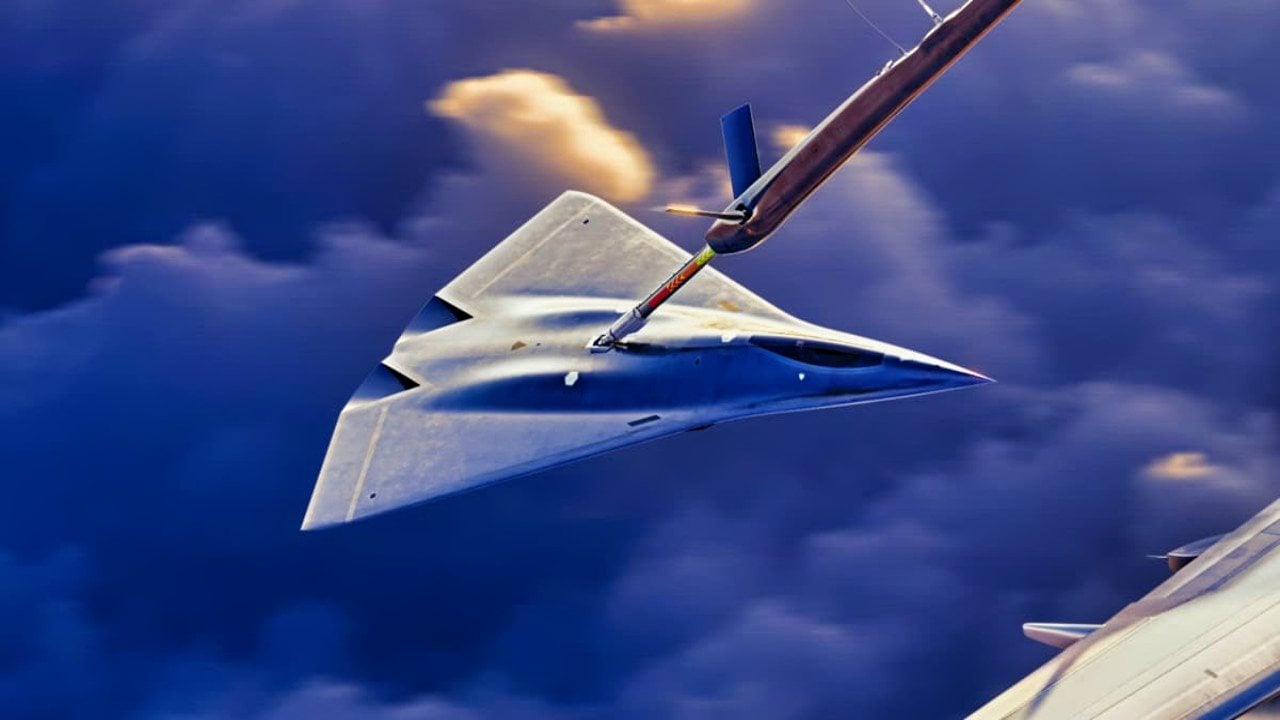NGAD Fighter Has 1 Massive Problem That Might Not Be Fixable

Summary and Key Points: The U.S. Air Force's Next Generation Air Dominance (NGAD) program, intended to replace the F-22, is already encountering cost issues that could lead to significant redesigns.

-Secretary of the Air Force Frank Kendall mentioned that the NGAD might need a simpler, smaller engine to reduce costs. Drawing lessons from the F-22's high price, the Air Force aims to avoid repeating history.
-Despite recognizing the necessity of a sixth-generation fighter for future air superiority, budget constraints and ongoing modernization of the nuclear triad may limit the NGAD's capabilities. Cost-effective solutions are being considered to ensure the program remains viable.
The NGAD Cost Problem Won't Be Easy to Solve
The U.S. Air Force’s sixth-generation fighter program is already running into cost problems. Indeed, the Next Generation Air Dominance (NGAD) program could be closed if cost-cutting redesigns are not implemented.
According to Defense News, who spoke with Secretary of the Air Force Frank Kendall, NGAD “could end up with a less complex, smaller engine than originally intended to try to hold down its price.”
Kendall emphasized that the NGAD concept is “alive and well,” but added that the Air Force is already considering redesigns.
“We’re looking at whether we can do something that’s less expensive and do some trade-offs there,” Kendall said. Specifically, the Air Force is considering supplying the NGAD with a simpler and smaller engine that would be cheaper to build, buy, and maintain.
Learning Lessons From Precedent
The NGAD is slated to replace the fifth-generation F-22 air superiority fighter, so it is fitting that its designers would be cost-conscious: The F-22 is the most expensive warplane ever built, with each airframe carrying a $350 million price tag. The exorbitant cost is part of the reason the Air Force is phasing out the F-22, so replacing the jet with another jet that is unsustainably expensive would be ill-advised and ironic.
But like the F-22, the NGAD will come packed with novel technology. And as the people who built the F-22 can tell you, designing novel technologies can be very expensive. The reason the F-22’s cost swelled so far was that Lockheed Martin approached the jet with an intention to deliver the best possible product without regard for cost or materials. It spared no expense, and in the process succeeded in building a platform that was a generation ahead of its time with respect to air superiority performance. It was the world’s first operational stealth fighter.
But the F-22’s advanced technology meant a high sticker price, and when the Air Force decided not to procure 750 F-22s, limiting procurement to just 200, the jet’s per-unit cost flew into the stratosphere. The NGAD program will look to avoid a similar fate, but designing the world’s first operational sixth-generation fighter promises to require intensive research and development – and accordingly, intensive financial investment.
Introducing a New Generation
“It is crystal clear to us that in order to get into the mid-30s with a force that can win, we have to get to a sixth-gen fighter, and that’s NGAD,” said Lt. Gen. Richard Moore, formerly the Air Force’s deputy chief of staff for plans and programs.
That may be – but NGAD’s costs will likely need to come down before the Air Force decides it is willing to pay. The timing is especially bad – the Air Force is “cash-strapped” and in the process of “modernizing two expensive legs of its nuclear triad, even as it faces rising personnel costs and deals with the fallout from the Fiscal Responsibility Act’s budget caps for FY25,” Defense News reported.

So while the Air Force may feel the need for a sixth-generation fighter, the service’s fiscal reality will likely constrain the NGAD’s technological prowess.
That’s probably the way it should be – the military should be cost-conscious, constrained within the realities of finite resources.
About the Author: Harrison Kass
Harrison Kass is a defense and national security writer with over 1,000 total pieces on issues involving global affairs. An attorney, pilot, guitarist, and minor pro hockey player, Harrison joined the US Air Force as a Pilot Trainee but was medically discharged. Harrison holds a BA from Lake Forest College, a JD from the University of Oregon, and an MA from New York University. Harrison listens to Dokken.
All images are Creative Commons and/or Shutterstock.
